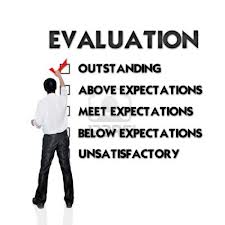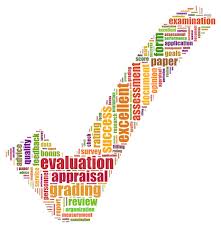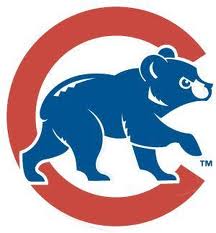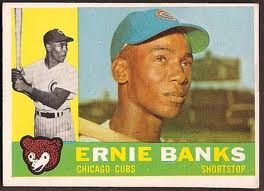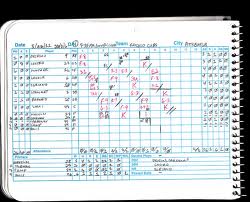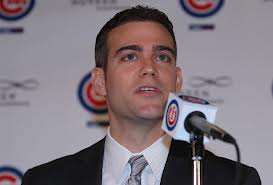 If there is one thing Social Media is about, it’s sharing — sharing information, photos, videos, statistics. If it can be displayed on a screen, it can be shared. Sometimes, it can be hard to keep track of all of the items being shared on a single topic. That’s where Storify comes in. Today, we are going to look at how your non-profit agency can use Storify to share social media updates with the world.
If there is one thing Social Media is about, it’s sharing — sharing information, photos, videos, statistics. If it can be displayed on a screen, it can be shared. Sometimes, it can be hard to keep track of all of the items being shared on a single topic. That’s where Storify comes in. Today, we are going to look at how your non-profit agency can use Storify to share social media updates with the world.
What Is It?
Storify defines itself as:
“Storify helps making sense of what people post on social media. Our users curate the most important voices and turn them into stories.”
I like to think of Storify as a personalized social media newspaper. Every now and again, I’ll see a Storify link in my twitter feed. I will click it to find a collection of status updates, tweets, photos, and articles on a topic that was important to the user. As the recipient of the Storify story, I find it brings attention to articles or updates that I may have missed on a specific subject.
Why Use It?
Storify can be a great way to share with your social media followers updates on a certain topic. For example, let’s say your mission has to do with cancer research. Once a week, it might be nice to collect stories about the advancements in cancer research, put them all together in an easy to read format, and share it with others.
What I like is that Storify gives you a way to provide context to the articles to which you are linking. Many times the hardest job a non-profit organization has is educating the public about their mission. Storify provides an easy format to do just that.
Additionally, Storify is a great search engine for finding content on different subjects. Even if you don’t use Storify to share articles and updates with others, it can be used as a powerful search engine to find what people are saying about your organization and its work.
Furthermore, once you publish a story on Storify, the service will notify the people quoted in your story to let them know they are being featured in your story. This can help you raise awareness about your issue faster and facilitate networking connections through social media.
Finally, Storify offers complete flexibility when it comes to how you share your curated stories with others. You can share it as a link to various social media networks or embed it right onto you website. Storify provides you with the code to do it, which makes it as simple as copy and paste.
How to Use It
Signing up for an account is simple. Just go to Storify.com to get started.
The whole interface is drag and drop so it makes deciding where things go very simple. Use Storify to share news about upcoming events, issues important to your mission, or collect when your organization is mentioned elsewhere on the web to share with members of your team.
See how The Weather Channel used Storify to collect stories about the latest winter storm.
I would just like to note that I was not compensated in way to write this post. I just think that Storify is a powerful tool that non-profits could use to raise awareness.
What do you think? Is Storify a tool for your non-profit? Do you already use Storify? If so, what do you believe to be most impactful when using the service? Share answers to any of these questions below in the comments section. I’d love to hear from you!




